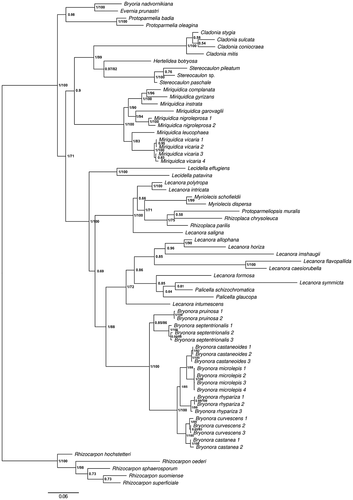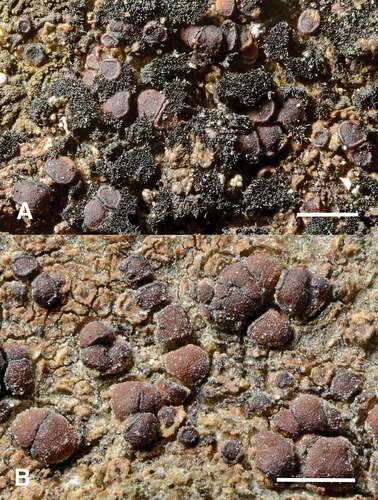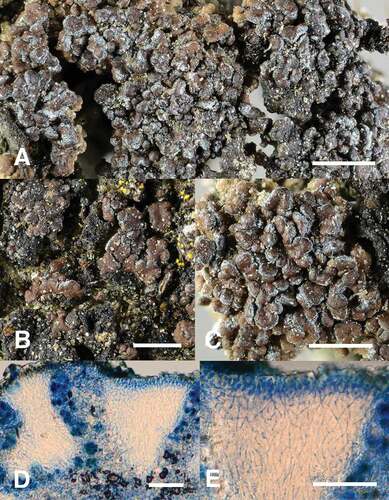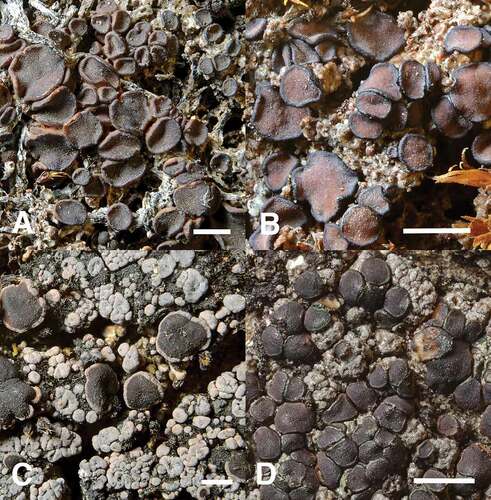Figures & data
Table 1. Sequence data used for the phylogenetic analysis, with GenBank accession numbers and voucher information




